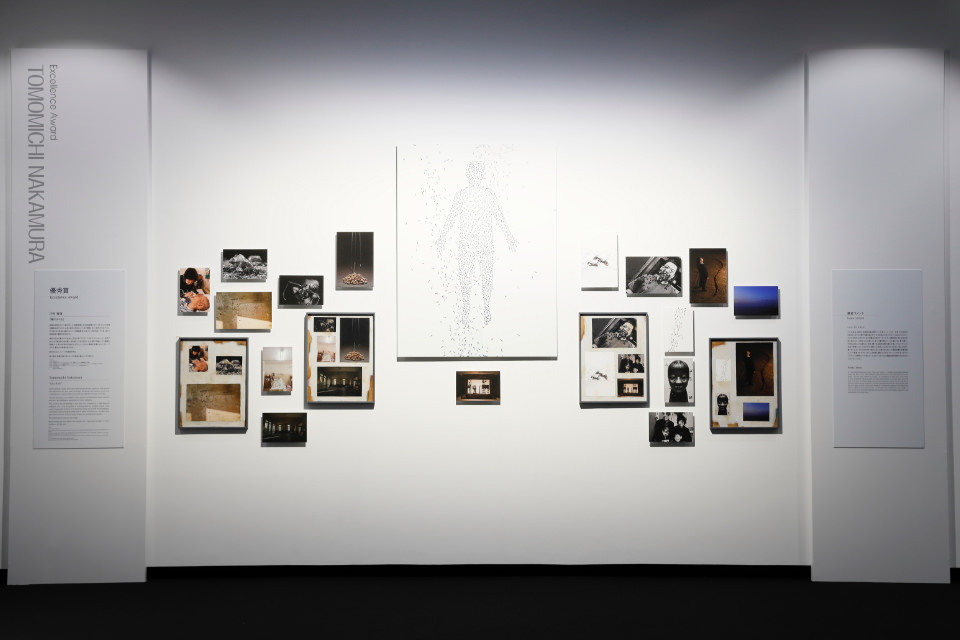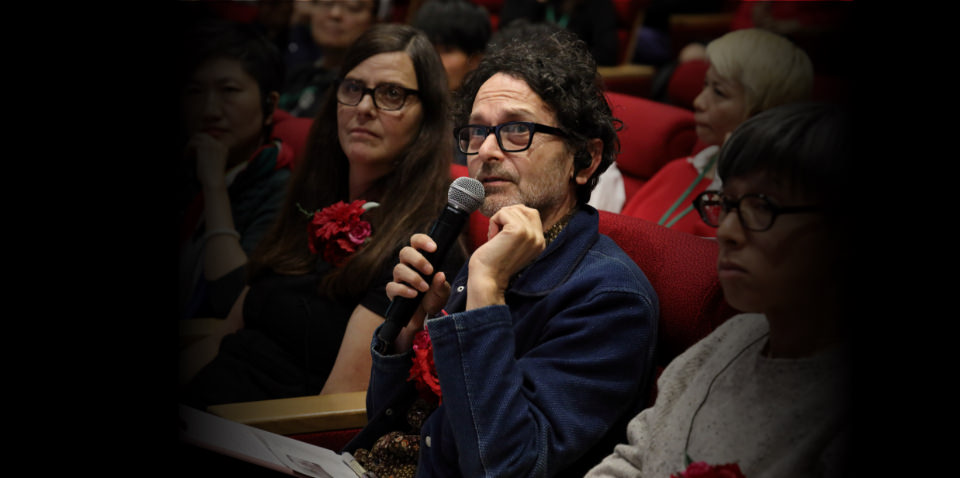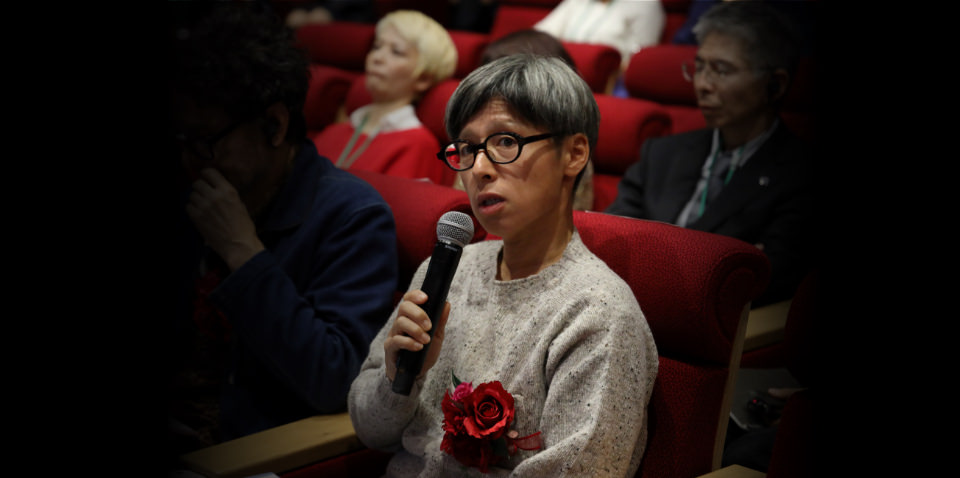PRESENTATION
I want to begin by talking about why ants. I have never used photography as a means of artistic expression before, but whenever I created something in the past, I had always selected ants for my expressions. My previous work before this one was an animation.
I sometimes view my own existence to be as insignificant as an ant's. My father's death informed this work. My father became partially paralyzed from a brain stem infarction and passed away after a four-year battle with his illness. I damaged my own health during this time from overwork, and I was on the verge of losing my own life for a while. I managed to recover from my condition with the help of medical treatment, but I still need treatment to this day.
I have a disorder known as autism spectrum disorder, or ASD. When I was a kid, I spent all my time looking at ants, which is the origin of ants in my work today. With ASD, once I start looking at one thing, I feel I can never look away from it. Because I was young and didn't know better, I used to pour water on ants and kill them, which was incredibly cruel when I think about it now.
With the further weight of my father's death, whenever I sensed death approaching me, I felt powerless, like an ant. During my father's funeral, my mind was filled by an image of something gigantic trampling down on me and then leaving me behind. Because I soon forget images that involve death, I wanted to create a work from this image while it was still fresh in my mind. Animation, the technique I had formerly used, was impossible, in part because the physical work of animation was harming my health. Nevertheless, I didn't want to give up on these creative expressions, which are one of the few contacts I have with society, so I turned to photography as my technique for creating expressions.
Cameras are used in animation as well. But while animations have a story, trying to do something like an animation in photography ends up being too expository. I thought hard about what approach I should take for this work in photography. One thing I learned from painting pictures was that the advantage of the still image is its ability to sequence things at the same point in time, rather than sequence things along a path. This was what photography was to me.
The work consists of overlapping images. This is an attempt to portray the gap between illusion and physical matter that is impossible to resurrect. The disparity produces a sensation like something close to, something resembling, both living and dying.


I'm sure your father's passing left you with very painful memories. But you have done something wonderful in overcoming those memories and transforming them into something meaningful, changing them into something that speaks to so many people. I believe this is the magnificence of art. I believe art has the power to change private experiences and emotions into something positive like your work.

This is a very down-to-earth question, but how did you arrange the ants in your images?
(Nakamura)
I took several hundred photos of ants forming and walking in columns on an A3 sheet of paper. Then I photo-edited out the parts I didn't need, without breaking the flow of the column or making it look inconsistent, to create the shape of a person.

Judges’s Comment
Rineke Dijkstra (selector)
The first thing I want to tell you is you are a very amazing person. I found your attempt to express emotions in pictures to be absolutely splendid. What I like best in your work is the mixture of fiction and fantasy, of reality and the power of the imagination. I thought your presentation was great as well. I felt scared when the ants were projected on a large surface. The enlargement heightened the power of your images. I also liked the superimposition of pictures and photographs. Your work is extremely forceful.